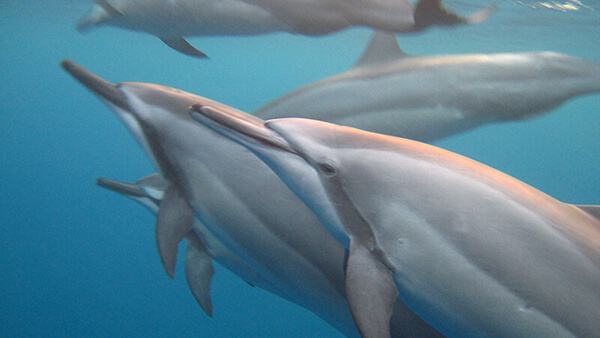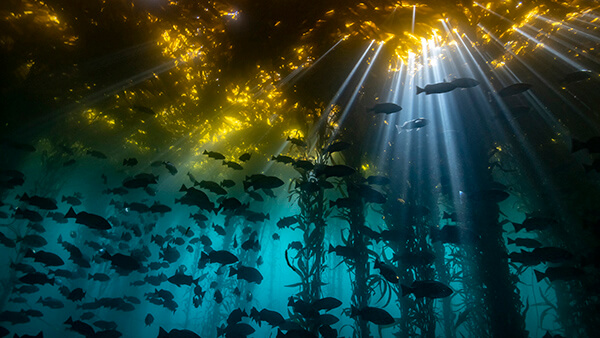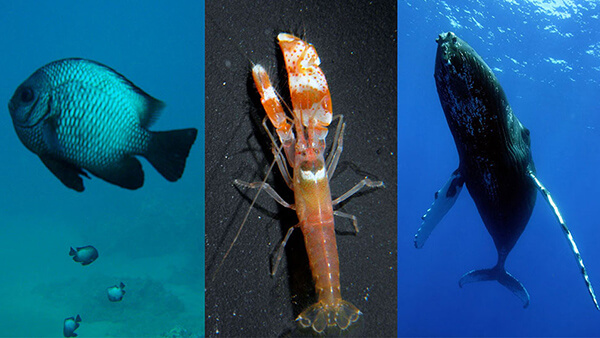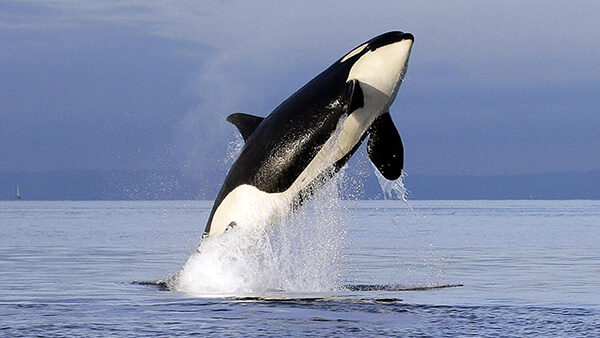Learn why noise is important to marine organisms’ communication and survival and how ocean noise is changing due to human activity. Read to explore NOAA’s efforts to understand the effects of anthropogenic ocean noise on the marine ecosystems of the National Marine Sanctuary System.

SanctSound is a four-year project, managed by NOAA and the U.S. Navy, to better understand underwater sound within the National Marine Sanctuary System. Since the fall of 2018, and through the spring of 2022, these agencies will work with numerous scientific partners to study sound within seven national marine sanctuaries and one marine national monument, which includes waters off Hawai‘i and the east and west coasts.

Find answers to your questions about NOAA’s SanctSound program, including "what are underwater soundscapes" and "how did NOAA and the US Navy decide where to do this work"?

NOAA is working to understand long-term changes in noise levels within the National Marine Sanctuary System as increasing noise from anthropogenic sources becomes a growing concern. The approach to managing ocean noise aims to reduce negative physical and behavioral impacts to species, as well as conserve the acoustic quality of their habitats.

Learn how marine organisms are impacted by anthropogenic ocean noise and what NOAA and partners are doing to help governments and industries address this issue.